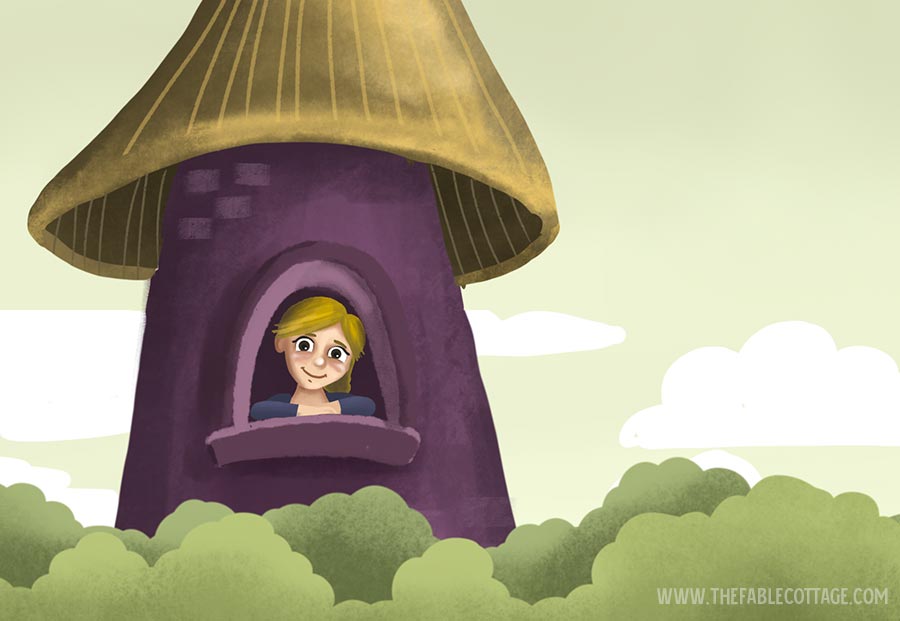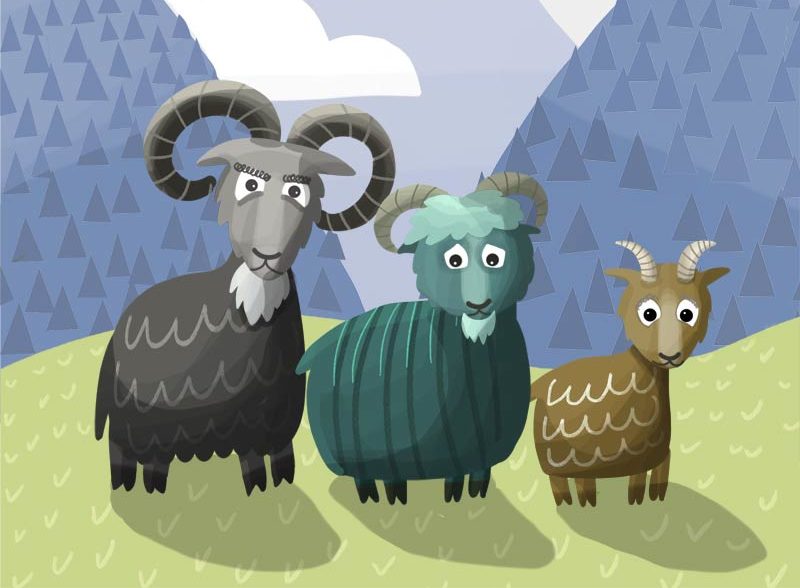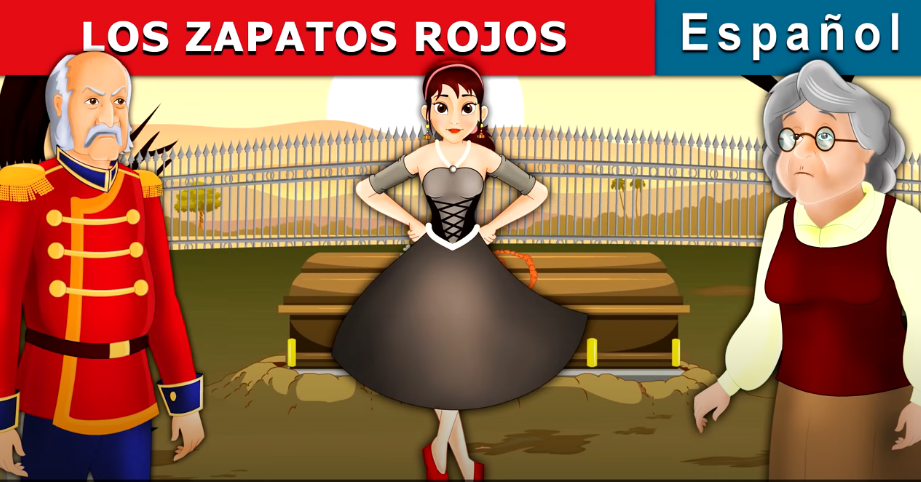
10 Spanish Fairy Tales for Children and Adults Alike
We all have a super soft spot for the stories we learned as children: They’re engaging, enchanting and full of excitement. And if something is fun, we naturally feel extra enthusiasm for it, which encourages regular usage. This is why bringing Spanish fairy tales into your study routine is a win-win.
There are a ton of fairy tales in Spanish, but we’re starting with 10 of our favorites that you can read (or watch) today.
Contents
- Great Spanish Fairy Tales Available Online
-
- 1. “Rapunzel”
- 2. “Cenicienta” (Cinderella)
- 3. “Los tres chivitos traviesos” (The Three Billy Goats Gruff)
- 4. “Los zapatos rojos” (The Red Shoes)
- 5. “Los tres cerditos” (The Three Little Pigs)
- 6. “Hansel y Gretel” (Hansel and Gretel)
- 7. “Ricitos de Oro y los tres osos” (Goldilocks and the Three Bears)
- 8. “La Princesa y el guisante” (The Princess and the Pea)
- 9. “Caperucita Roja” (Little Red Riding Hood)
- 10. “El enano saltarín” (Rumpelstiltskin)
- Tips for Learning with Spanish Fairy Tales
- How Spanish Fairy Tales Help Language Learners
- And One More Thing…
Download: This blog post is available as a convenient and portable PDF that you can take anywhere. Click here to get a copy. (Download)
Great Spanish Fairy Tales Available Online
1. “Rapunzel”
The captive Rapunzel with her long braided hair is a fantastic story for Spanish learners. It’s especially good for learning how to use Spanish commands.
This version offers both Spanish and English translations and the Spanish is presented in tidy, manageable blocks. It’s beneficial to attempt to read these first without the English translation. Often, we know more than we think we do!
Audio and video versions are also available with a subscription. Or, you can watch this free Spanish version on YouTube.
2. “Cenicienta” (Cinderella)
“Cenicienta” (Cinderella) is a sweet tale that will make any Spanish language learner smile. It’s the story most of us heard as children, so it’s easy to follow along while picking up new vocabulary and working on your reading skills.
This particular fairy tale is a solid resource for core vocabulary. From a life of drudgery to dancing in a castle, the characters use so many useful words and phrases that are worth noting!
3. “Los tres chivitos traviesos” (The Three Billy Goats Gruff)
This classic tale about three billy goats and an especially gruff troll is a fun read in any language. But it seems to come alive in Spanish! To be honest, I’ve always preferred the Spanish version.
The version linked to above offers two translations, when relevant. It includes the literal translation as well as a more contextual translation, which is a neat way to see how languages differ.
The audio version of this fairy tale is also available on the site.
4. “Los zapatos rojos” (The Red Shoes)
This well-known fairy tale is a charming way to improve your Spanish. The sentences are short which makes this an excellent choice for a beginning learner program.
The vocabulary used in this tale is very basic so this is a solid resource for learning some core vocabulary. Additionally, the vocabulary covers colors so reading or watching this fairy tale is an easy method for learning those crucial words!
5. “Los tres cerditos” (The Three Little Pigs)
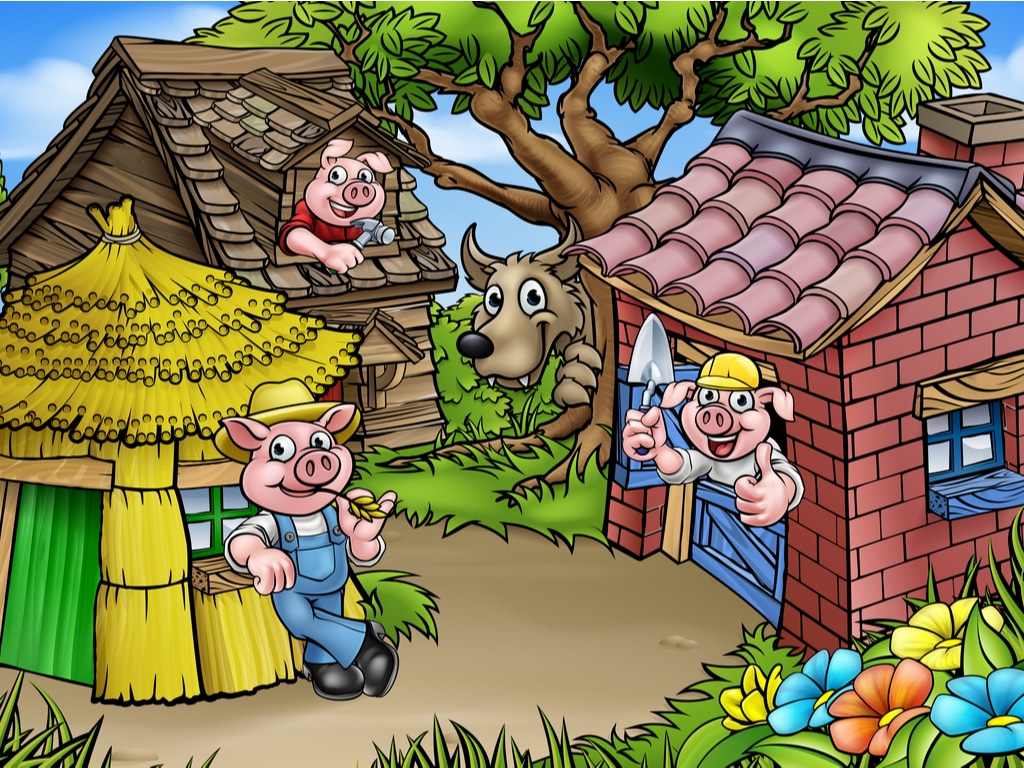
This version of the popular fairy tale is especially endearing. The story is told in Spanish with an English translation and colorful illustrations that bring the tale to life.
After you read the story, feel free to listen to the audio version—or vice versa.
This version of the story has a twist at the end. This twist gives learners the opportunity to read for comprehension and perhaps be challenged to discern what exactly happens to the wolf!
6. “Hansel y Gretel” (Hansel and Gretel)
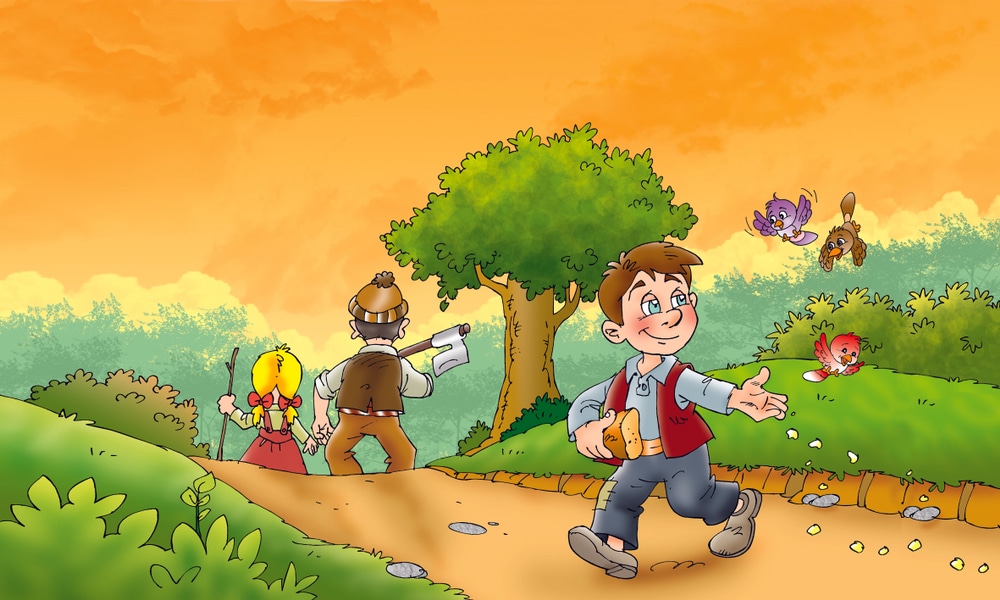
This presentation of “Hansel and Gretel” is geared toward more advanced learners. The language is a bit more complex than some of the others mentioned here. Additionally, the sentence structure isn’t short and simple throughout the tale.
To challenge yourself, try reading the story in Spanish before you look at the English translation. To stretch your skills, spend some time translating passages on your own without relying on the English translation.
If you need some extra help, you can see the English and Spanish versions side-by-side.
7. “Ricitos de Oro y los tres osos” (Goldilocks and the Three Bears)
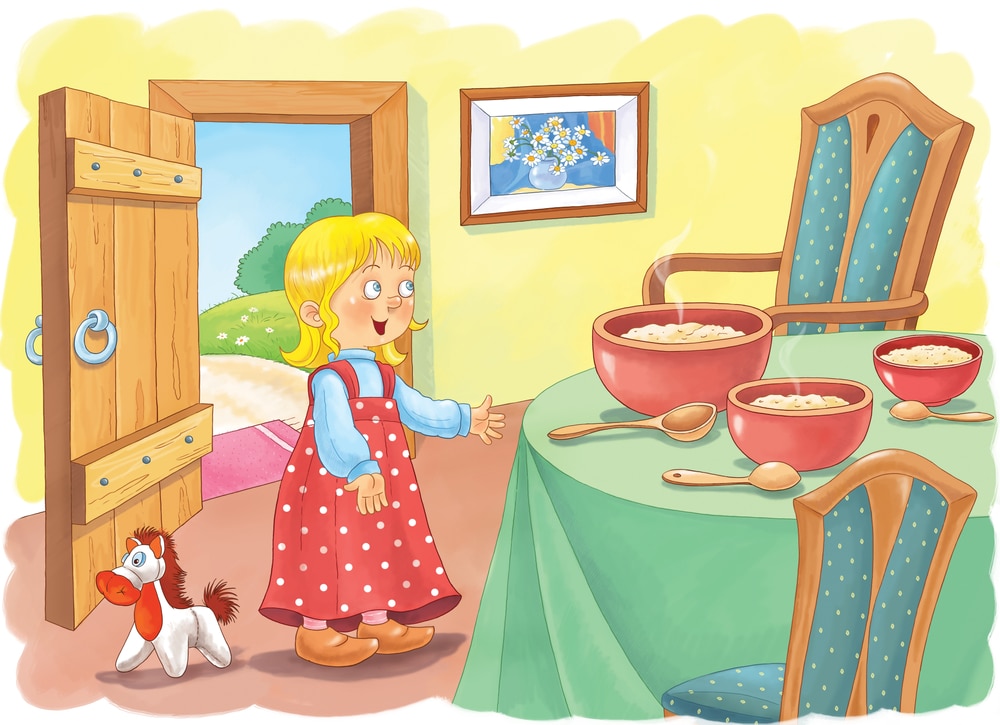
This classic story has great illustrations, and the Spanish text is broken up into small, digestible chunks. You can also click to see the English translation whenever you get stuck.
This tale includes a good mix of a few different Spanish tenses, including the preterite, present perfect, pluperfect and future tenses.
For example, you’ll find lines like “¡Alguien ha estado comiendo mi sopa!” (Someone has been eating my soup!) and “Nunca comeré sopa de nuevo” (I’ll never eat soup again).
8. “La Princesa y el guisante” (The Princess and the Pea)
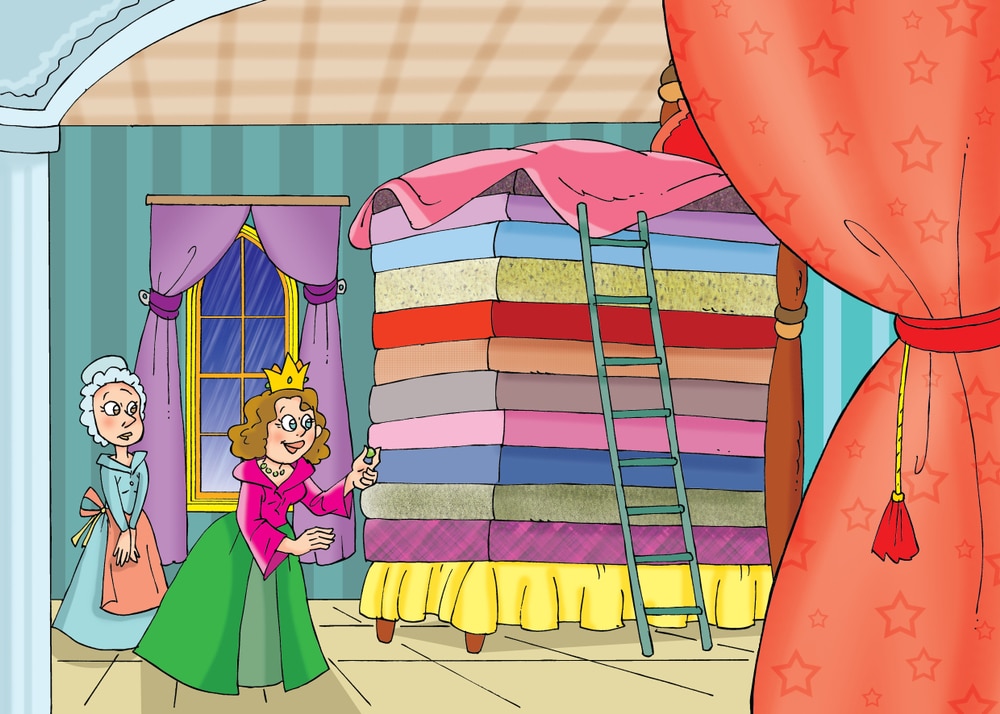
This story has it all: various verb tenses including the imperfect subjunctive, plenty of dialogue and some more advanced vocabulary words. It’s a short tale, so you don’t have to spend ages reading and rereading to pick up some new Spanish.
This site includes both the written story and audio, so you can read along while listening or practice your listening and reading skills separately.
9. “Caperucita Roja” (Little Red Riding Hood)
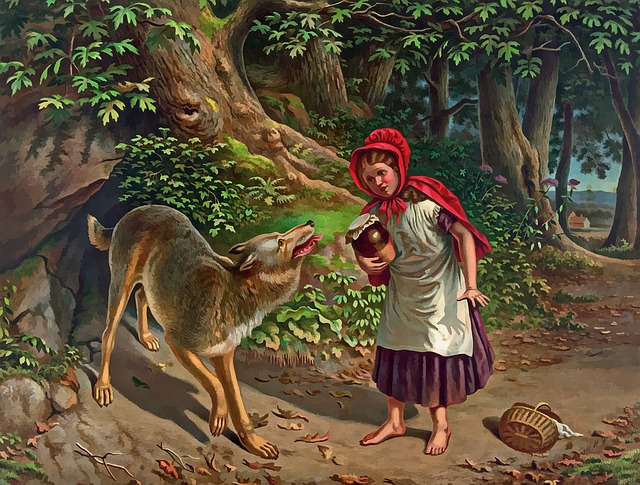
This story includes many great Spanish adjectives to add to your vocabulary bank as well as a variety of verb tenses.
Within the story that we all know well, you’ll find some basic verbs like caminar (to walk), ver (to see) and comer (to eat), but also some more advanced ones like saludar (to greet you), abrazar (to hug) and notar (to notice).
10. “El enano saltarín” (Rumpelstiltskin)

On this site, you can either see the English and Spanish versions of the story side-by-side, or focus only on the Spanish version and see how much you can understand.
This story is a bit more advanced than the others on the list, with some vocabulary that might be new to you. Note down any unfamiliar words so you can look them up later, but first try to guess their meaning based on the context.
Tips for Learning with Spanish Fairy Tales
On a basic level, fairy tales are great for working on your Spanish reading comprehension skills. But that’s not all!
To make the most out of these stories, start off with one or two that appeal to you the most.
With each story, make sure you do the following:
- Take notes on new vocabulary. While reading, compile vocabulary lists, create a customized flashcard set or jot down interesting or peculiar expressions. Remember, fairy tale lingo often includes dragons, rescues and other fabulous topics!
- Listen to the audio version of the story. Again, note new words and phrases while you listen. For listening practice with a visual component and interactive subtitles, you can see what fairy tales are available in the videos on FluentU.
FluentU takes authentic videos—like music videos, movie trailers, news and inspiring talks—and turns them into personalized language learning lessons.
You can try FluentU for free for 2 weeks. Check out the website or download the iOS app or Android app.
P.S. Click here to take advantage of our current sale! (Expires at the end of this month.)

- Use the fairy tales for speaking practice. Spanish fairy tales can also be used to power up speaking skills. Use audio or video to model pronunciation—and remember, it’s beneficial to hit pause and replay a passage if you need to hear it again.
How Spanish Fairy Tales Help Language Learners
Fairy tales are geared toward children, utilizing pretty basic vocabulary and sentence structure. For Spanish learners, that’s a plus because simple words and phrases build a solid foundational vocabulary.
The stories are short, so they require only a minimal time investment to read. They’re perfect for grabbing a small slice of Spanish learning when you’re on a tight schedule.
Since fairy tales originate from across the globe, they’re often glimpses into different cultures. The cultural information encourages children to be aware of other global experiences—and it’s a great reminder of that fact for adults, too. Extra bonus? Fairy tales end with a happily-ever-after so they’re uplifting!
Adding fairy tales in Spanish to your Spanish language program will instantly increase the fun factor of learning.
Diving into these beloved bits of popular literature increases reading skills. But it also gives learners the opportunity to grow their vocabulary and practice speaking by reading out loud.
So choose a Spanish fairy tale from the list, curl up, read or listen and get lost in the story while improving your Spanish!
Download: This blog post is available as a convenient and portable PDF that you can take anywhere. Click here to get a copy. (Download)
And One More Thing…
If you've made it this far that means you probably enjoy learning Spanish with engaging material and will then love FluentU.
Other sites use scripted content. FluentU uses a natural approach that helps you ease into the Spanish language and culture over time. You’ll learn Spanish as it’s actually spoken by real people.
FluentU has a wide variety of videos, as you can see here:

FluentU brings native videos within reach with interactive transcripts. You can tap on any word to look it up instantly. Every definition has examples that have been written to help you understand how the word is used. If you see an interesting word you don’t know, you can add it to a vocab list.

Review a complete interactive transcript under the Dialogue tab, and find words and phrases listed under Vocab.

Learn all the vocabulary in any video with FluentU’s robust learning engine. Swipe left or right to see more examples of the word you’re on.

The best part is that FluentU keeps track of the vocabulary that you’re learning, and gives you extra practice with difficult words. It'll even remind you when it’s time to review what you’ve learned. Every learner has a truly personalized experience, even if they’re learning with the same video.
Start using the FluentU website on your computer or tablet or, better yet, download the FluentU app from the iTunes or Google Play store. Click here to take advantage of our current sale! (Expires at the end of this month.)
